This blog was written by the Tillamook Estuaries Partnership in Oregon. The program belongs to the National Estuary Program. This blog is part of a series to introduce our community to the work of other National Estuary Programs throughout the country.
Healthy Watersheds for a Thriving Community
Imagine yourself in a shade house on a sunny afternoon in the Tillamook valley. You can smell the ocean on the cool sea breeze and the soil feels cool on your fingers as you carefully untangle the braided roots of seedlings. Multiple salmonberry seeds sprout in the same tube, creating fierce competition for space to grow. To preserve the effort of every seed, you separate them into their own pots and give them the space they need to thrive. The comforting hum of conversation and laughter from the volunteers working next to you, combined with the meaningful work of seedling thinning, is enough to keep you focused for hours.
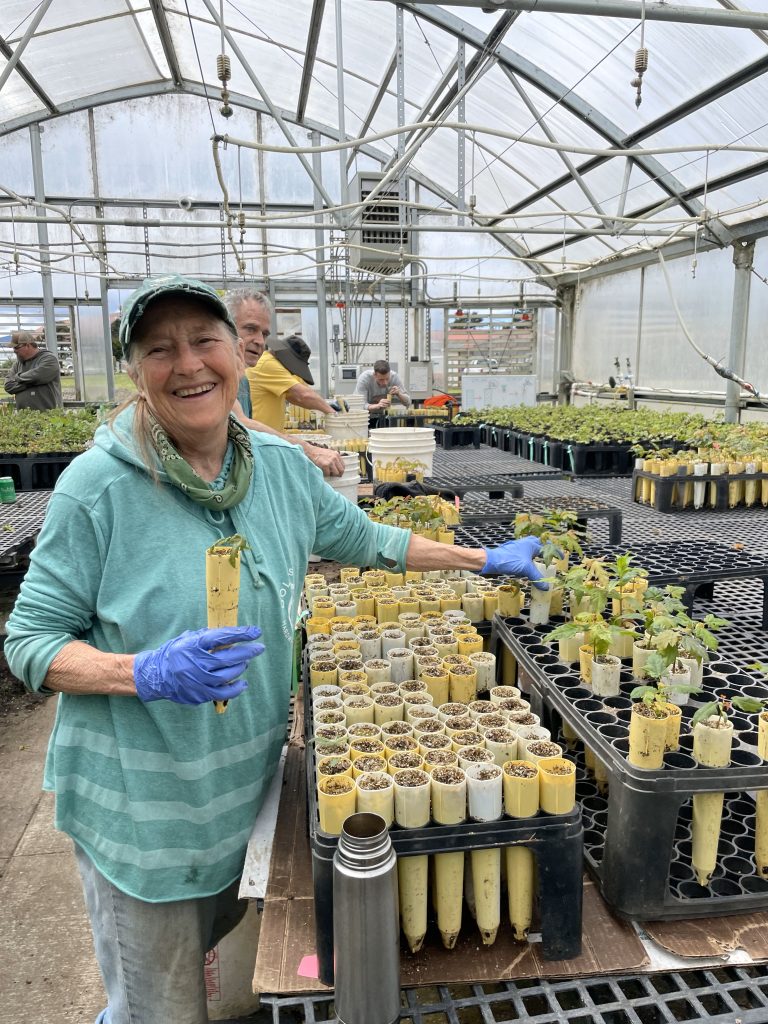
There are striking parallels between the salmonberry seedlings and the volunteers who tend to them. Just as these plants require care and attention to thrive, so do our communities. Salmonberries provide essential services to their ecosystems, shading riparian areas, cooling water for juvenile salmon, and nourishing wildlife with their flowers and berries. Similarly, volunteers lend their time and expertise to ensure the success of restoration efforts, embodying the spirit of stewardship.
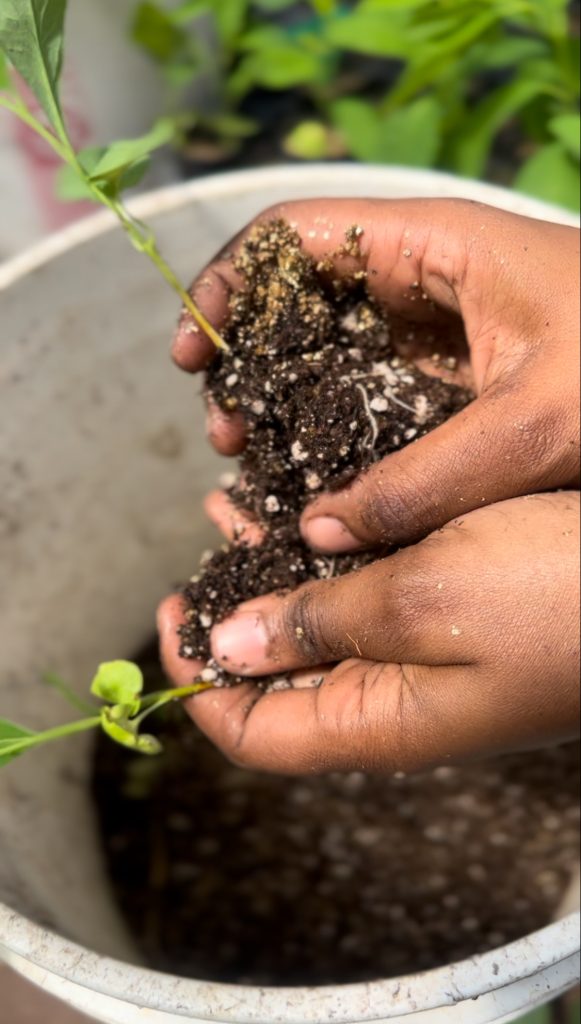
Seedling thinning at the Tillamook Estuaries Partnership’s Native Plant Nursery is a task that symbolizes the nurturing ethos of the Tillamook Estuaries Partnership (TEP). Human connection and meaningful work converge to support the restoration of vital estuarine ecosystems through habitat restoration, monitoring, community education and engagement, and our native plant nursery.
Restoring Habitat
Our focus for habitat restoration is to protect our communities and support healthy estuaries. All our projects begin with community and partner input and an intense grant-writing and fundraising process. During this initial stage, we often work with contractors or use the expertise of our partners to determine how a location can be enhanced. Habitat enhancement can take many forms, including fish passage barrier removals (such as culvert upgrades or replacements), creating habitat with large–woody debris placement, native plant planting, and more. After a project is completed, we monitor the area to understand its impacts and inform our community.
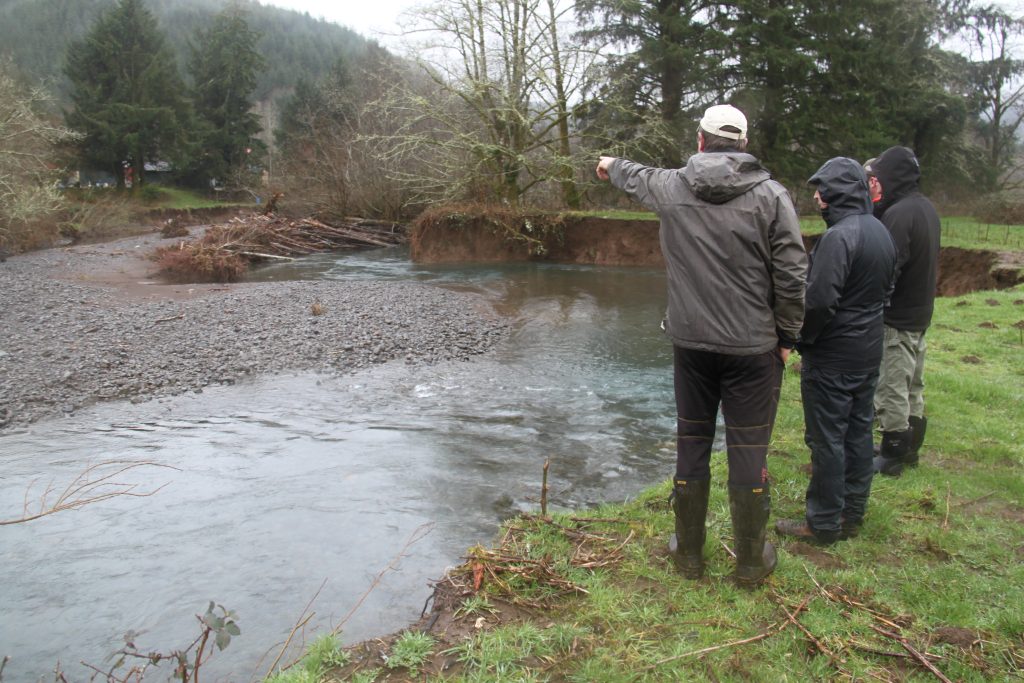
Understanding Our Impact
Our team of scientists, partners, and dedicated community volunteers systematically assesses habitat health parameters across the entire watershed, from the headwaters at the mountain’s peaks to the Pacific Ocean. Our focus is on meticulous data collection to develop a robust understanding of environmental conditions. Following this, we actively collaborate with partners to provide valuable context for future planning and development in North Coast communities.
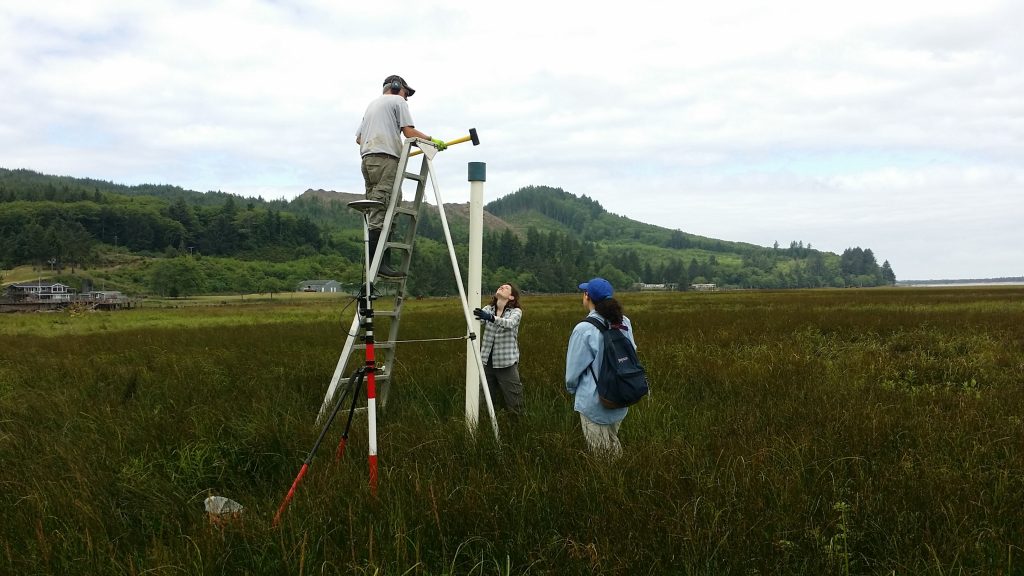
Cultivating Connections
Our community engagement program aims to empower community members with knowledge of Tillamook County’s estuaries and watersheds. In order to do this, we design programs around three key groups: K-12 students, residents, and visitors. Our K-12 program focuses on providing hands-on educational experiences by bringing students into the outdoors or bringing the outdoors into the classroom. Our resident and visitor focused events and regular social media posts are geared towards learning while having fun. One great example is our partnerships with Tillamook County Wellness and Explore Nature Tillamook Coast to host crabbing, mussel and seaweed foraging, mushroom foraging, and berry-picking classes.
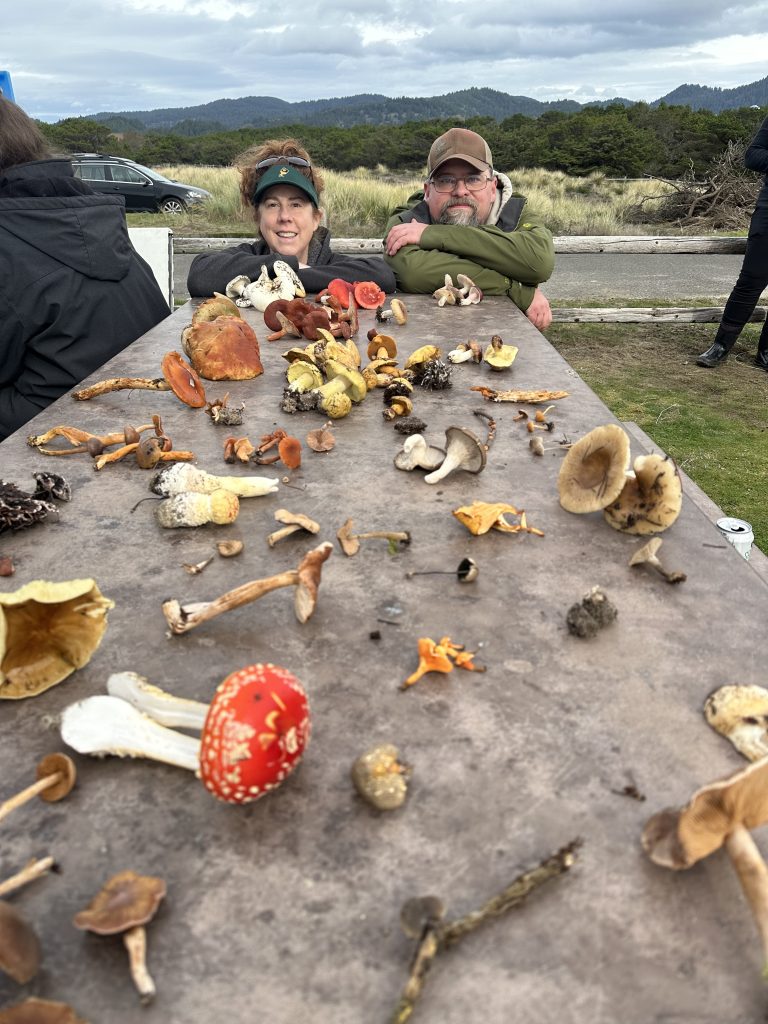
Sowing Seeds of Change
From seed to sprout, our nursery nurtures up to 120,000 native plants at any one time. The plants are unique because they are grown from seeds collected along Oregon’s North Coast, making them locally adapted to thrive in our coastal ecosystems. After three years of growing, strong root structures have developed, and the plants are ready for their new homes in the watershed. Our partners, through the Northwest Oregon Restoration Partnership, are vital in distributing and planting the plants throughout the coast. Once planted, they play a critical role in restoring habitats to create cleaner water and better habitats for fish, birds, pollinators, wildlife and people.
Learn More About us
To learn more about our work in Tillamook County, visit our new website at TBNEP.org. Follow us on Instagram, Facebook, and Eventbrite, or subscribe to our email to stay up to date on the latest news and events.
Help us protect and restore the Morro Bay estuary!
- Donate to the Estuary Program today and support our work in the field, the lab, and beyond.
The Estuary Program is a 501(c)3 nonprofit. We depend on funding from grants and generous donors to continue our work. - Support us by purchasing estuary-themed gear from ESTERO. This locally owned and operated company donates 20% of proceeds from its Estuary clothing line and 100% of Estuary decal proceeds to the Estuary Program. Thank you, ESTERO!
- Purchase items from the Estuary Program’s store on Zazzle. Zazzle prints and ships your items, and the Estuary Program receives 10% of the proceeds.
- Subscribe to our seasonal newsletter: Between the Tides!
- We want to hear from you! Please take a few minutes to fill out this short survey about what type of events you’d like to see from the Estuary Program. We appreciate your input!
